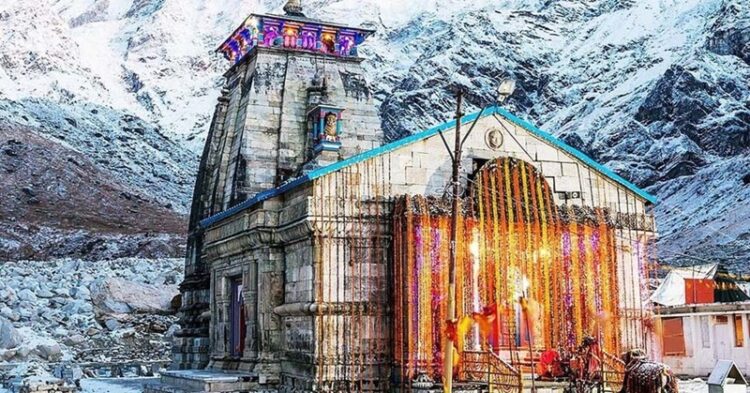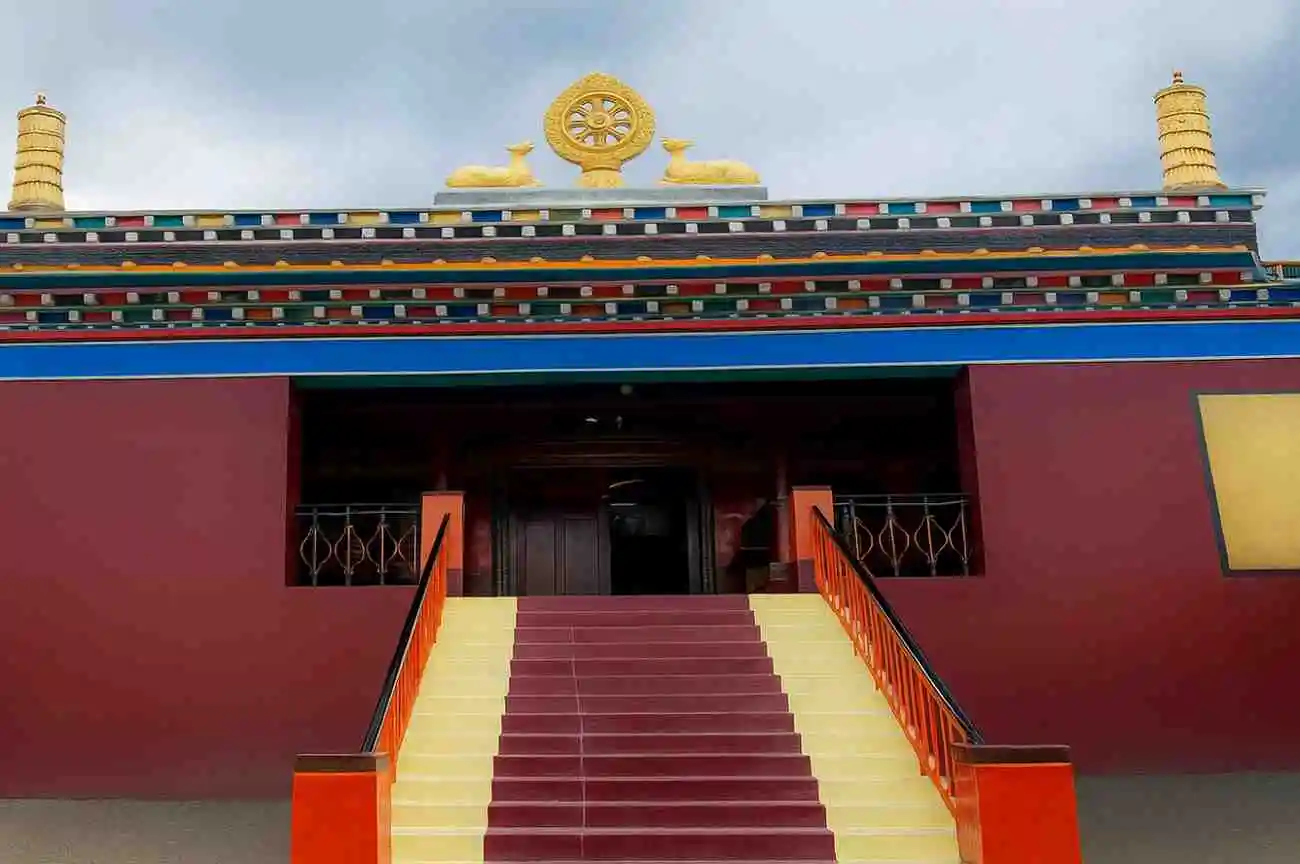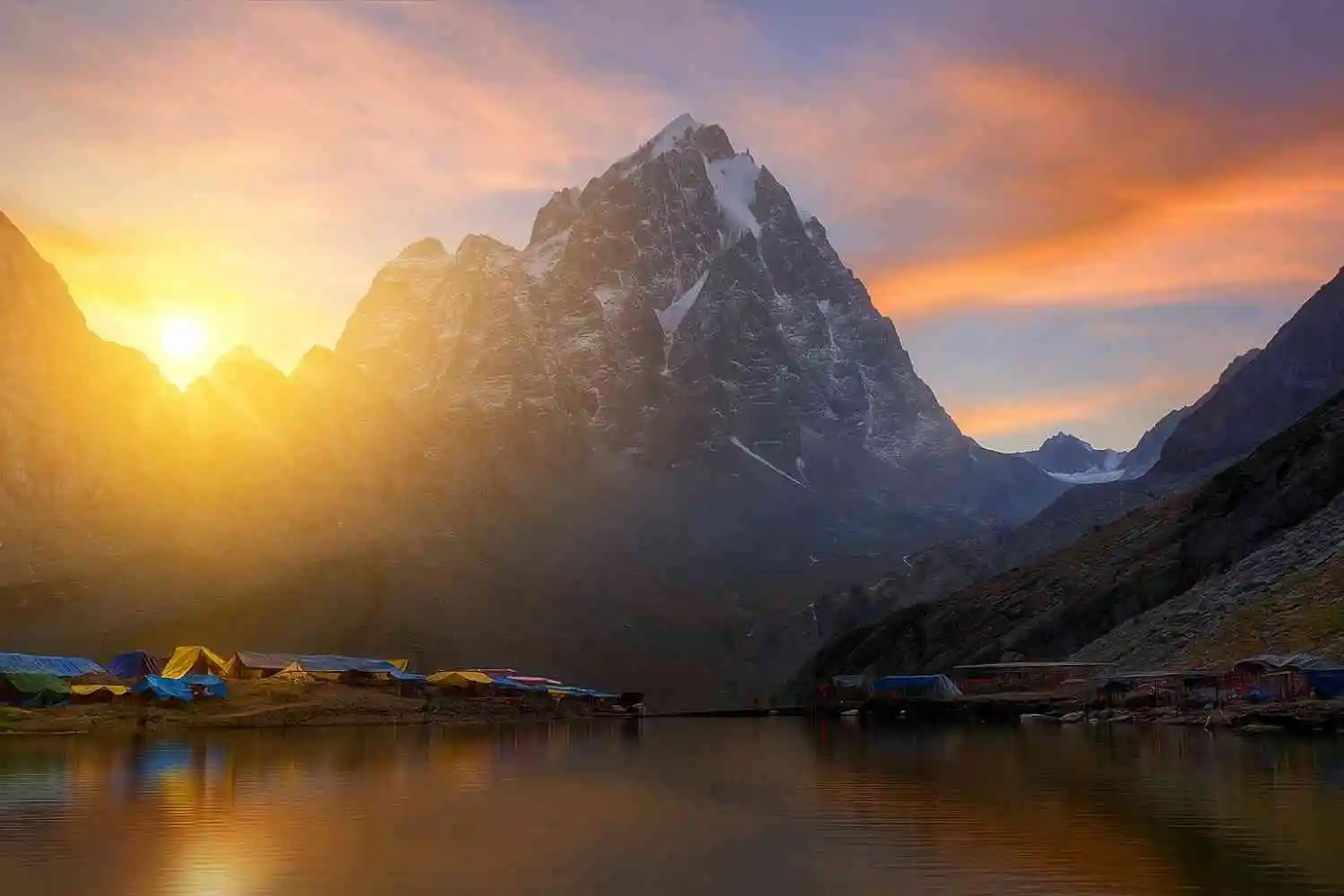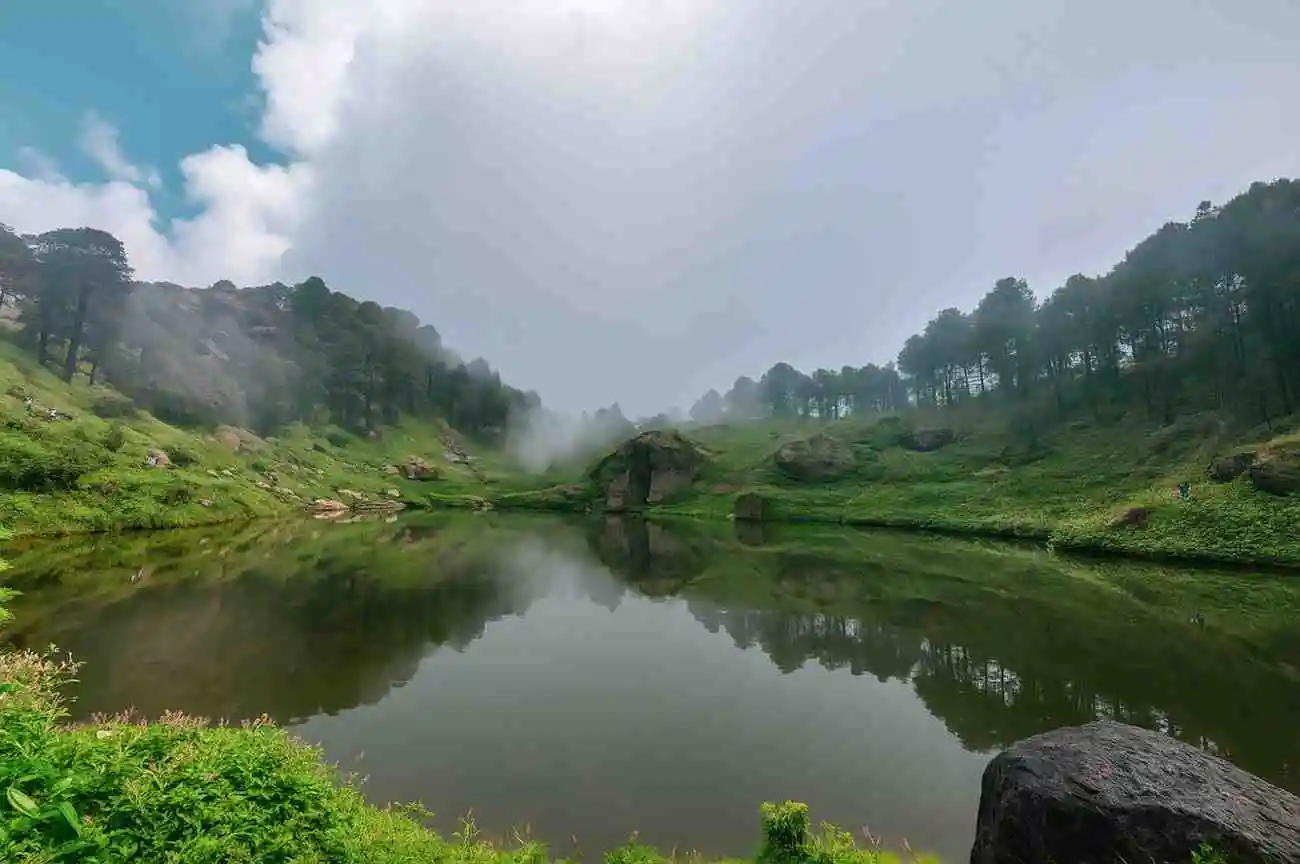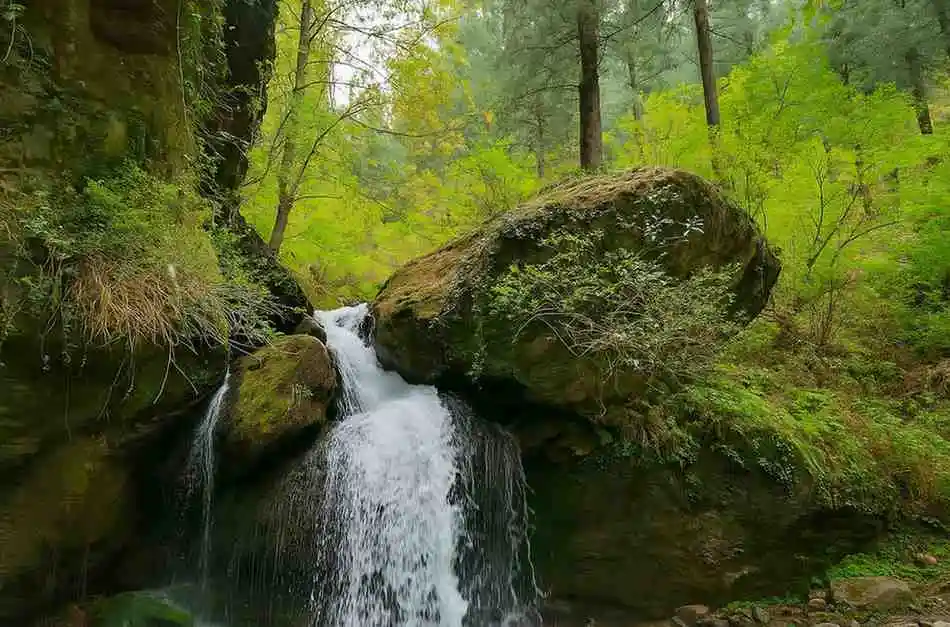In India’s Garhwal Himalayas, Kedarnath is a holy location. Kedarnath Yatra draws thousands of people for its spiritual and physical challenges. Pilgrims and travellers will recall Kedarnath’s snow-capped peaks, lush valleys, and peaceful rivers. From route to trekking length to FAQs and essential tips, our 2024 Kedarnath Trek guide covers it everything.
Kedarnath Yatra Trek Overview
Kedarnath Temple, one of Lord Shiva’s twelve Jyotirlingas, is reached along a pilgrimage path. Gaurikund to Kedarnath is a 16-kilometer hike. The temple stands 3,583 metres (11,755 feet) above sea level, making the climb difficult yet worthwhile.
Kedarnath Yatra Key Highlights:
Origin: Gaurikund
Last stop: Kedarnath Temple
Distance: 16 km
Trek: 6-8 hours
At 3,583 meters (11,755 ft),
Best to Visit:
May–October

Kedarnath Yatra Trekking Time and Route
Gaurikund-Kedarnath (16km)
Gaurikund is Kedarnath’s base camp. Major cities like Haridwar, Rishikesh, and Dehradun are accessible by road. Gaurikund, noted for its hot springs and Gauri Mata Temple, is where pilgrims and hikers begin.
Time: 6–8 hours (pace and fitness level)
The Gaurikund-Kedarnath trip has various sections, each with its own obstacles.
Gaurikund-Jungle Chatti (4 km)
The initial part of the journey is an easy ascent through deep forests and along the Mandakini River. Wildlife and gorgeous sights await on this stretch. Rest and resupply at Jungle Chatti, a small village.
Jungle Chatti to Bheembali (3 km)
The following section climbs gradually to Bheembali, another resting spot. The route continues to give stunning mountain and valley views. Bheembali features shelters and food kiosks.
Bheembali-Linchauli (4 km)
The rise in this section is steeper and harder. Altitude enhances the vistas on the well-maintained track. Another shelter and refreshment stop is Linchauli.
Linechauli to Kedarnath Base Camp (4 km)
The hike ends at Kedarnath Base Camp. This tough yet rewarding walk offers beautiful views of Kedarnath Temple and neighboring hills. Tents and guesthouses are available at the base camp.
Kedarnath Base Camp to Temple (1 Km)
Kedarnath Temple is easily accessible in the final km. The spiritual atmosphere and stunning environment make approaching the temple memorable. Snow-capped mountains surround the majestic temple.
Kedarnath Yatra: Elevation and Climate
Kedarnath Temple is 3,583 metres (11,755 ft) high. The weather is uncertain at high altitudes, and temperatures drop dramatically at night.
Summer weather (May-June) is pleasant with temperatures ranging from 5°C to 20°C. Great for hiking and touring.
Landslides and heavy rain can make the journey difficult in the monsoon (July–August). You should check the weather before your travel.
Clear sky and mild temperatures from 0°C to 15°C in autumn. A good hiking time.
Cold and snowy winter (November–April). The temple is closed at this time.
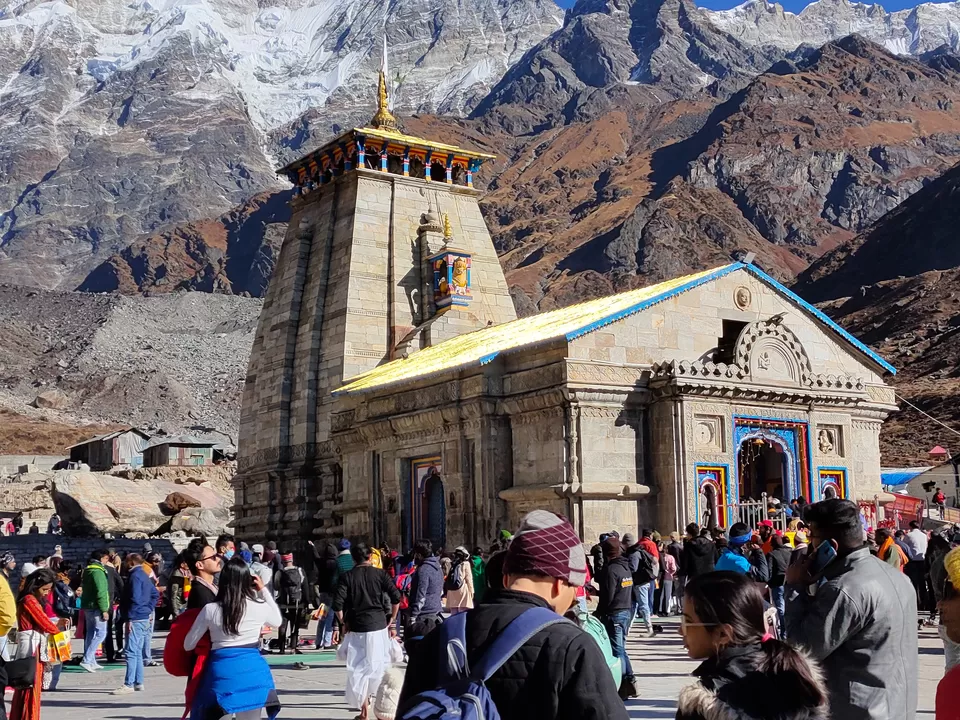
Kedarnath Yatra Packing Essentials
Layered clothing: Thermal, fleece, waterproof, and comfy trekking trousers.
Footwear: Sturdy trekking shoes with ankle support and grip.
Pack: A lightweight, water-resistant rucksack with essentials.
Trekking poles, headlamps, water bottles, energy bars, first-aid kit, sunscreen,n and sunglasses.
Documentation and Permits: Make sure you have trek permissions and paperwork. A valid ID, medical fitness certificate, and local permissions are necessary.
Accommodation
Basic shelters and guesthouses are provided along the trekking path. Book early, especially during high season, to minimise last-minute problems.
Water and Food
Bring water and energy foods for the hike. There are various food vendors and rest stops along the way to buy refreshments. However, having your supplies is wise.
Health and Safety
Altitude sickness: Know the signs and take measures. Stay hydrated and climb slowly.
The weather: Before hiking, check the weather. Be ready for rapid weather changes.
Contacts for emergencies: Keep a list of emergency contacts and nearby medical facilities when trekking.
Distance between Sonprayag and Kedarnath: Sonprayag is another Kedarnath Yatra stop. About 5 km from Gaurikund. Most pilgrims and hikers go through Sonprayag before reaching Gaurikund. The vehicle trip to Gaurikund and the climb to Kedarnath total 21 km from Sonprayag.
How to reach Kedarnath by road:
Kedarnath is a remote pilgrimage site located in the state of Uttarakhand, India. It is not directly accessible by road, with the last motorable point being Gaurikund, which is about 16 km away from the temple. Here’s how you can reach Kedarnath by road:
Self-Drive
If you prefer driving, you can drive to Gaurikund from major Uttarakhand cities like Haridwar, Rishikesh, and Dehradun. Be prepared for challenging road conditions, and ensure you are an experienced driver to navigate the steep and narrow roads.
By Taxi
Taxis can be hired from major cities in Uttarakhand such as Haridwar, Rishikesh, and Dehradun to Gaurikund. The journey is long, and road conditions can be challenging, especially during the monsoon season. After reaching Gaurikund, you will have to trek 16 km to get to the temple.
By Bus
You can take a bus from major cities in Uttarakhand like Haridwar, Rishikesh, and Dehradun to Gaurikund. Private bus operators also run services from Delhi to Gaurikund. From Gaurikund, you will need to trek approximately 16 km to reach the Kedarnath Temple.
By Helicopter
For those who wish to avoid the long and strenuous trek, helicopter services are available from Guptkashi, Phata, and Sirsi to Kedarnath. These services operate from May to October, and booking is required.
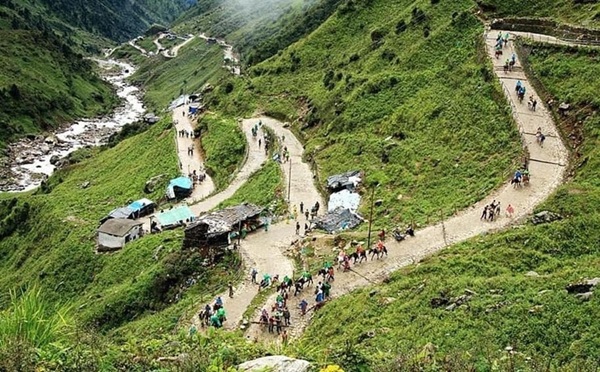
Kedarnath Yatra Trek Essential Tips:
Physical Preparation
The Kedarnath hike is moderate to difficult and demands fitness. Prepare at least a month in advance. Do aerobic, strength, and endurance routines. Going climbing or trekking regularly would also assist.
FAQs
Q1: When should I visit Kedarnath?
Except for July and August, Kedarnath is best visited from May to October. This time is good for hiking and sightseeing due to the weather.
Q2: The Kedarnath hike is how hard?
Moderate to difficult Kedarnath hike. It ascends 16 km with different difficulties. A successful hike requires fitness and preparedness.
Q3: Can seniors walk Kedarnath?
Seniors who are healthy and strong can hike to Kedarnath. Before the hike, see a doctor and take measures.
Q4: Are there other ways to get to Kedarnath?
Yes, Phata, Sitapur, and Guptkashi offer helicopters to Kedarnath. For non-hikers, pony rides and palanquins are provided.
Q5: What are Kedarnath’s accommodations?
Basic tents and guesthouses to luxurious resorts are available in Kedarnath. Booking ahead is advised during the busy season.
Q6: Is Kedarnath’s trip safe in monsoon?
Heavy rainfall in the monsoon season (July–August) can produce landslides and make Kedarnath trekking dangerous.
Q7: What should I do for altitude sickness?
Altitude sickness symptoms as headaches, dizziness, nausea, and shortness of breath require quick descent and medical intervention.
Conclusion
The Kedarnath Yatra is a spiritual, devotional, and adventurous pilgrimage. The journey to Kedarnath Temple combines spirituality with Himalayan adventure. Respect the local culture and ecology, remain active, and plan your 2024 trip with weather and other conditions in mind. Both pilgrims seeking spiritual favors and trekkers seeking adventure will have a lifelong memory of the Kedarnath Yatra.
